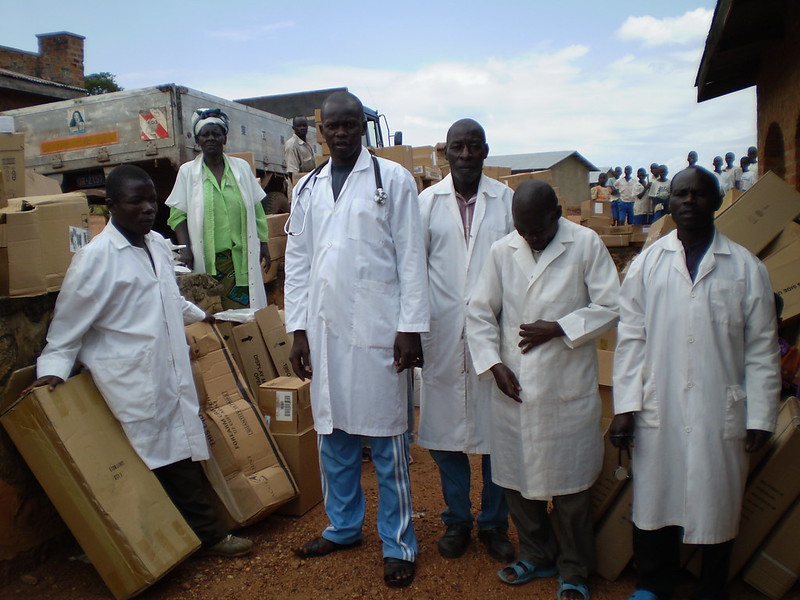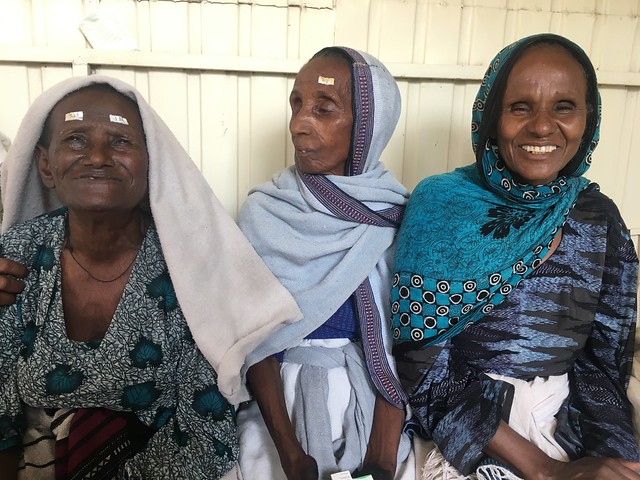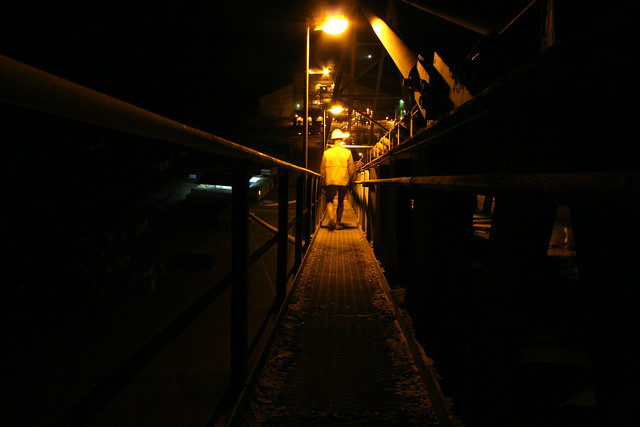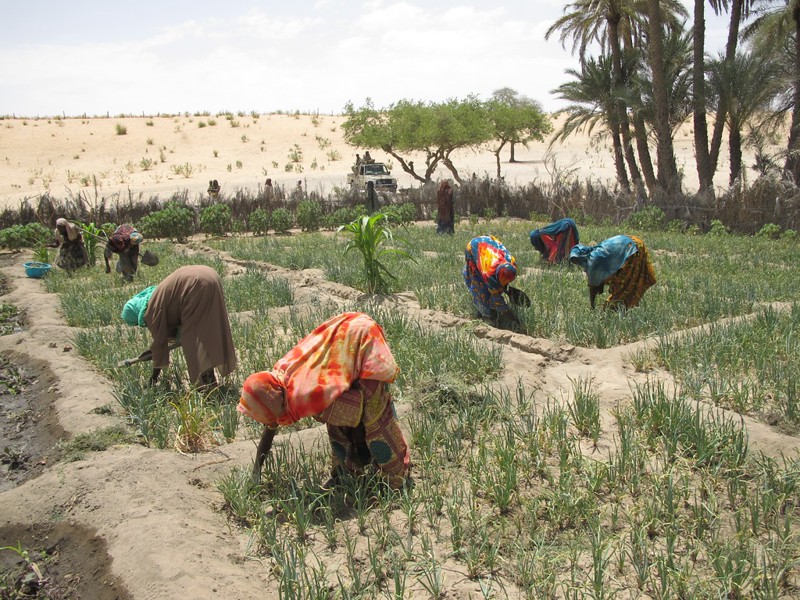
Access to sanitation services is often restricted by socioeconomic status, even in the most developed countries in the world. Fortunately, Denmark is an example of a country that found ways to overcome the struggle for a clean environment among impoverished communities. Denmark uses different teams of environmental experts, new technologies and a preventative approach to pollution. This has led to success in providing sanitation and clean water to its citizens. Here are eight facts about sanitation in Denmark.
8 Facts About Sanitation in Denmark
- Poverty and sanitation are directly related. Denmark has a poverty rate of about 0.20%. Poverty can be linked to sanitation because lower-income means fewer options for water sources and hygiene products. A lower-income family living in an area with unclean water may not be able to afford bottled water. However, as described below, Denmark has taken steps to ensure that all of its citizens have access to clean water and sanitation.
- It is common to drink tap water in Denmark. Citizens of Denmark have no qualms about drinking straight out of their own sinks because the water is clean and trustworthy. Morten Kabell, Mayor of Technical and Environmental Affairs, even argues that public drinking water in Denmark is considered cleaner than bottled water. This reduces major costs to families who would otherwise need to buy their own water, which can trap someone in the cycle of poverty.
- Clean water became a cultural priority in the 1970s. Despite its current successes, Denmark’s history regarding clean water is not perfect. Before the 1970s, citizens of Copenhagen were often exposed to polluted water, which was unsafe for drinking and swimming. In 1971, Denmark established the Environmental Ministry, whose main task was to reduce pollution. The Ministry met with representatives from other countries the following year where they drew up the Stockholm Declaration. It is the first document recognizing access to a clean environment as a fundamental human right. Now, 50 years later, Copenhagen citizens of all socioeconomic statuses have access to clean resources.
- Denmark uses a prevention model, rather than a treatment model. When it comes to protecting its citizens from contamination by toxic substances, the Danish EPA’s policy is based on prevention instead of treatment. This means that while Denmark possesses the ability to monitor and decontaminate various forms of matter, its primary goal is to prevent contamination in the first place by reducing emissions of air pollutants and pollution of their water supply. As a result, low income communities are less likely to endure the negative effects of pollution. This allows them a more equal chance to climb the socioeconomic ladder.
- A majority of the population in Copenhagen sorts some types of waste. The latest reports on Copenhagen’s biowaste report that about 78% of residents in Copenhagen are willing to sort their biowaste. Beyond just recycling versus trash, the sorting system in Copenhagen often includes more detailed subcategories. The author of The Copenhagen Tales reported that it is typical for apartment buildings to have four categories for waste: paper, plastic, biodegradable and residual. Sorting biowaste is the norm in Copenhagen for citizens of all socioeconomic backgrounds. There is no clear link between income and recycling habits.
- Denmark hopes to recycle 70% of all waste by the year 2024. Denmark produces the most municipal waste (everyday trash) per person when compared to other European countries. However, in 2015, Denmark announced its plan to recycle 70% of all waste produced by 2024. While this is ambitious, the country has already begun using waste for more beneficial and sanitary purposes. For example, converting waste into fertilizer alternatives. This is important for the economy because many Danish people work in agriculture. In addition, Danish people who work in agriculture must expose themselves to potentially hazardous substances (like fertilizer) to make a living. Thus, the conversion of waste to fertilizer can decrease pollutant exposure in more vulnerable communities.
- All of the Danish population has access to sanitation services. According to a report from 2018, 100% of the people in Denmark use safely-managed sanitation services. This includes access to soap, clean water and a bath or shower. Because of its successes, Denmark’s poorer populations have a better chance of thriving.
- Denmark helps other countries with their sanitation problems. As Denmark has a reputation for its clean water access, countries have turned to Denmark for help. South Africa, for example, turned to Denmark during severe water shortages in 2015. Clean water was being wasted in many homes due to burst pipes and other structural issues, especially among lower-income communities. As a result, South Africa’s Water and Sanitation Minister met with Denmark’s Environment and Food Production Minister to solve the problem together. The two countries continue to cooperate in an effort to manage water and sanitation.
The triumphs of sanitation in Denmark are one example of how taking care of basic needs can improve the lives of people across the socioeconomic spectrum. With cleaner water, air and other resources, impoverished people have a better chance of avoiding disease, death, injury and developmental problems that perpetuate the cycle of poverty. The successes of sanitation in Denmark overlap with their economical successes and their hope for the future.
– Levi Reyes
Photo: Flickr


 One of the biggest challenges facing the Democratic Republic of the Congo is its healthcare system. The country faces many barriers to adequate healthcare, such as low funding, systematic and structural difficulties, poverty, proper treatment and testing, education and more. However, many organizations worldwide are working to improve healthcare in the country through direct aid and legislation.
One of the biggest challenges facing the Democratic Republic of the Congo is its healthcare system. The country faces many barriers to adequate healthcare, such as low funding, systematic and structural difficulties, poverty, proper treatment and testing, education and more. However, many organizations worldwide are working to improve healthcare in the country through direct aid and legislation.
 In 1995, Dr. Geoff Tabin and Dr. Sanduk Ruit launched the
In 1995, Dr. Geoff Tabin and Dr. Sanduk Ruit launched the  A Gallup poll taken before the government shutdown of 2018-19 found American’s
A Gallup poll taken before the government shutdown of 2018-19 found American’s  Thanks to the abundance of
Thanks to the abundance of  Chad, a country in Central Africa, has one of the highest rates of hunger in the world. The country gained independence in 1960, and has struggled with political instability and conflict with surrounding nations ever since. These issues, paired with
Chad, a country in Central Africa, has one of the highest rates of hunger in the world. The country gained independence in 1960, and has struggled with political instability and conflict with surrounding nations ever since. These issues, paired with  Skateistan is a nonprofit organization that works internationally to give poor and underprivileged children an opportunity to skateboard. Skateistan brings skateboarding worldwide by providing skating lessons and education in creative arts to children from low-income backgrounds
Skateistan is a nonprofit organization that works internationally to give poor and underprivileged children an opportunity to skateboard. Skateistan brings skateboarding worldwide by providing skating lessons and education in creative arts to children from low-income backgrounds